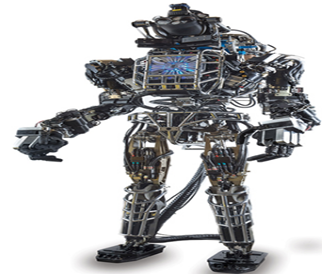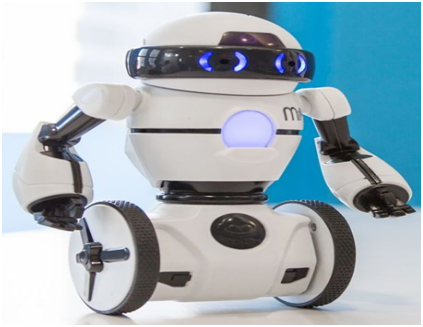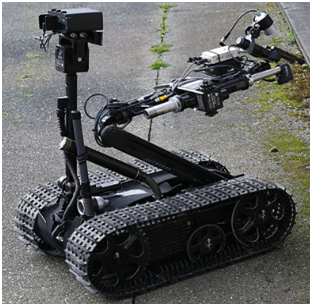Robot LocomotionLocomotion is the method of moving from one place to another. The mechanism that makes a robot capable of moving in its environment is called as robot locomotion. There are many types of locomotion's:-
Legged locomotion
The total number of possible gaits (a periodic sequence of release and lift events for each of the total legs) a robot can travel depending upon the number of robot legs. If a robot has K legs, then the number of possible events is, 
In case of a two-legged robot (K=2), therefore the number of possible events is 
Hence, there are six possible different events:-
In case of K=4 legs, there are 5040 possible events. Hence the complexity of robots is dependent on number of legs of robots. On increasing legs of a robot the complexity of robotic system increases. 
Wheeled LocomotionIt requires less number of motors for accomplishing a movement. It is little easy to implement as there are lesser stability issues in case of more number of wheels. It is more power efficient as compared to legged locomotion.

Slip/Skid LocomotionIn Slip/Skid locomotion the vehicles use tracks as available in a tank. The robot is steered by moving tracks with different speeds in the same or opposite direction. It offers stability because of large contact area of ground and track. 
Next TopicArtificial Intelligence in Robotics
|
 For Videos Join Our Youtube Channel: Join Now
For Videos Join Our Youtube Channel: Join Now
Feedback
- Send your Feedback to [email protected]
Help Others, Please Share










